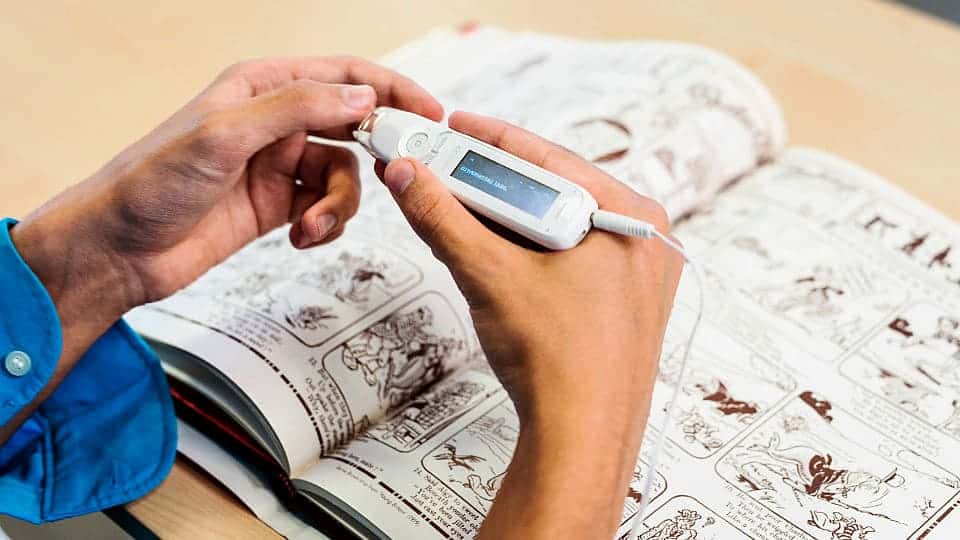
Future of dyslexia – tech’s role in easing reading
As technology advances, new possibilities are developing for individuals with dyslexia. While dyslexia has traditionally been associated to difficulties in reading and writing, today’s solutions are changing how people engage with text. From assistive tools to personalized learning, the future of dyslexia support is bright – with technology leading the way.
The rise of assistive technology has been a game changer for individuals with dyslexia. In the past, students and professionals struggled to keep up with traditional learning or work environments. Now, new tech-based tools have made it much easier. These new solutions help individuals decode, comprehend, and engage with written content more effectively.
Different assistive technologies
One example is speech-to-text and text-to-speech programs, which allow users to read and write more efficiently. Speech-to-text software converts spoken words into written text, helping individuals who struggle with writing, while text-to-speech reads out written content aloud, aiding those who find reading difficult.
But the advancements don’t stop there. One particularly innovative tool bridging the gap for people with dyslexia is the scanning pen. This device scans printed text and vocalizes it for the user, enhancing reading comprehension and independence.
Scanning pens – a revolutionary tool
At C-Pen, we offer different kinds of scanning pens suitable for various purposes. Our scanning pens have a slim, portable design, making them easy to carry around. The unique advantage of a scanning pens is that them, unlike traditional digital aids, empowers the reader without fully taking over the reading process. By scanning and vocalizing text, it allows individuals to engage with printed materials at their own pace.
Scanning pens also offer flexibility, making them useful in various environments. Whether in a classroom, workplace, or home study, scanning pens are compatible with both digital and printed resources, bridging the gap between traditional and modern learning methods. This makes them a valuable tool not only for children but also for adults seeking to overcome their reading challenges in professional settings.
The future of dyslexia and technology
Looking ahead, technology will continue to play a significant role for people with dyslexia. For example, artificial intelligence and machine learning can potentially create even more personalized and adaptive tools for reading and learning. Imagine a future where reading tools automatically adjust to the reader’s pace, suggest comprehension tips, or provide real-time feedback.
As technology becomes more affordable and widespread, these tools will also become available to a broader audience. Schools, workplaces, and communities can use these technologies to create more inclusive environments where everyone can succeed regardless of learning challenges.
C-Pens commitment to innovation
At C-Pen, we believe in the power of technology to facilitate everyday life. Our scanning pens are designed to help people with dyslexia by giving them a tool that promotes independence and confidence. As we look to the future, we remain dedicated to finding innovations that can ease the challenges of dyslexia and enhance learning for everyone.
By combining traditional methods with modern tech solutions, we aim to reshape how dyslexia is viewed. No longer as a limitation but as an opportunity for growth, creativity, and success.
